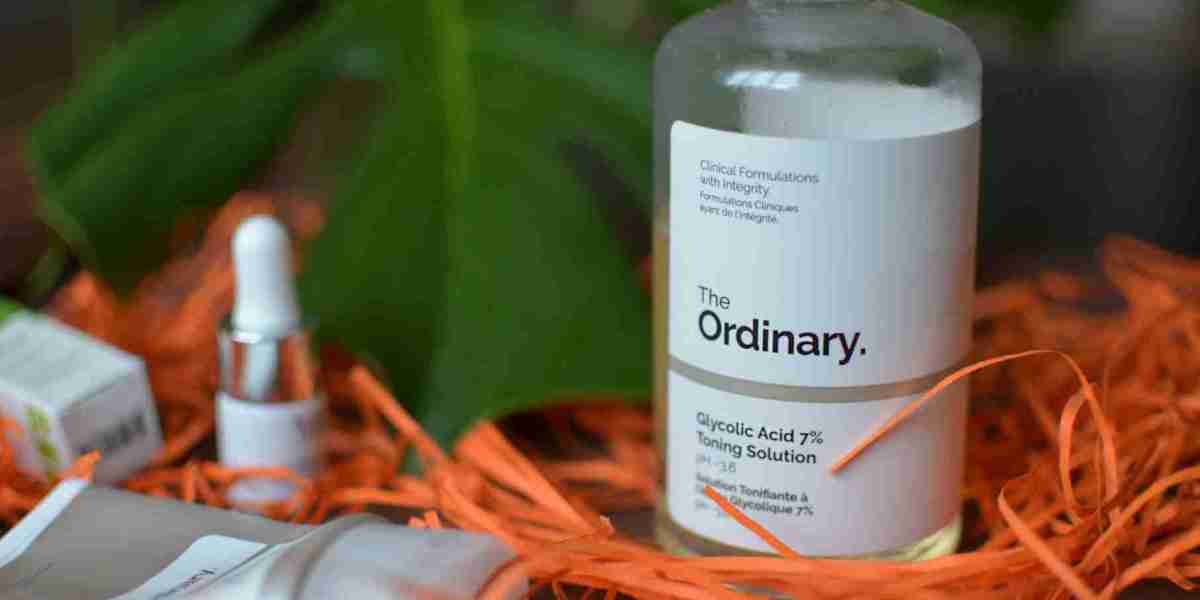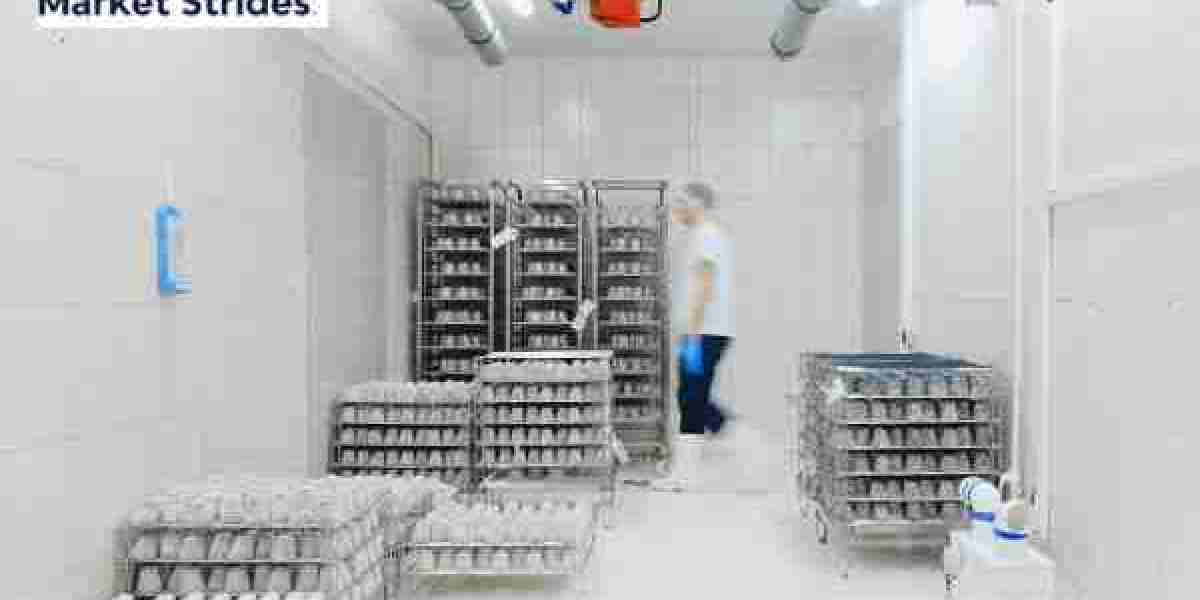The Glycolic Acid Market, like many sectors across the globe, experienced significant disruptions due to the COVID-19 pandemic. As a critical ingredient in skincare, personal care, pharmaceuticals, and industrial applications, glycolic acid saw both supply-side and demand-side challenges during the health crisis. However, as economies began to recover, the market has shown strong resilience, adapting to new consumer behaviors, supply chain shifts, and economic conditions.
This article explores the impact of COVID-19 on the glycolic acid market, analyzes the key changes that occurred, and assesses the recovery trajectory as the world transitions to a post-pandemic environment.
Immediate Impact of COVID-19 on the Glycolic Acid Market
1. Supply Chain Disruptions
During the peak of the pandemic in 2020, lockdowns and travel restrictions disrupted the production and transportation of glycolic acid and its raw materials. Several chemical manufacturing plants faced closures or operated at limited capacity due to labor shortages and safety regulations. These disruptions led to:
Delayed shipments
Increased lead times
Higher raw material costs
Inventory imbalances
Manufacturers had to reassess sourcing strategies and diversify suppliers to mitigate risks.
2. Decline in Cosmetic and Personal Care Demand
The personal care and cosmetic industry, a major end-user of glycolic acid, experienced a temporary decline as consumers prioritized essential goods and reduced spending on beauty products. Factors contributing to the dip included:
Work-from-home lifestyles reducing the need for beauty routines
Closure of salons, dermatology clinics, and spas
Decline in discretionary income
This affected sales of glycolic acid-based chemical peels, exfoliants, and skincare products during 2020 and early 2021.
3. Industrial Segment Slowdown
The industrial use of glycolic acid, especially in cleaning and descaling products, was also impacted. Reduced industrial activity and construction-related work led to a drop in demand for heavy-duty cleaners and related applications.
Pivot Toward Recovery: 2021–2025
As the global economy gradually reopened, the Glycolic Acid Market began to recover, driven by shifting consumer behaviors, rising demand for wellness products, and the resurgence of key industries.
1. Rebound in Personal Care and Skincare
The beauty and skincare sector rebounded strongly post-2021 as consumers returned to more consistent grooming routines. Glycolic acid saw renewed demand in:
Anti-aging products
Acne treatments
Brightening serums and exfoliants
The growth of e-commerce platforms and direct-to-consumer (DTC) skincare brands also boosted the market as more consumers shopped for glycolic acid-based products online.
2. Emphasis on Hygiene and Sanitization
Although demand for cosmetic use dipped temporarily, glycolic acid found new opportunities in hygiene-related applications. Its inclusion in industrial and household cleaning formulations became more prominent, especially with heightened awareness of surface disinfection.
3. Surge in At-Home Treatments
Consumers turned to at-home skincare solutions during lockdowns, a trend that continued post-pandemic. This led to higher sales of glycolic acid-based peels, masks, and exfoliators for at-home use.
Economic Recovery and Market Growth
The economic recovery, especially in developed regions like North America and Europe, has played a key role in the resurgence of the Glycolic Acid Market. Governments' stimulus packages, increased consumer spending, and resumed industrial activity have positively influenced demand.
Regional Highlights:
North America: Saw quick adoption of online skincare, driving cosmetic-grade glycolic acid growth.
Asia Pacific: Rapid urbanization and a booming beauty industry fueled demand, especially in South Korea, Japan, China, and India.
Europe: Focused on high-quality cosmetic ingredients and clean beauty formulations, reinforcing glycolic acid’s presence in premium products.
Long-Term Impacts and Structural Shifts
The pandemic has created several lasting changes in the glycolic acid market:
1. Digital Transformation
The shift to digital platforms for both B2C and B2B transactions has become permanent. Glycolic acid manufacturers and brands are increasingly adopting e-commerce, AI-powered marketing, and digital customer service solutions.
2. Resilient Supply Chains
Manufacturers are now more focused on building resilient supply chains. This includes:
Localizing production
Diversifying sourcing channels
Maintaining strategic inventories
3. Consumer Awareness and Clean Beauty
The pandemic heightened consumer interest in health and ingredient transparency. Glycolic acid, being a naturally derived and effective AHA, fits well into clean beauty trends, offering growth opportunities for brands emphasizing natural, safe, and clinically-backed skincare products.
Challenges Ahead
Despite recovery, the Glycolic Acid Market continues to face several post-pandemic challenges:
Raw material cost fluctuations due to geopolitical tensions and energy price hikes
Regulatory hurdles for product approvals in new regions
Competition from substitutes like lactic acid or salicylic acid in certain applications
Companies must continue to innovate, adapt, and invest in R&D to sustain growth in a competitive landscape.
Future Outlook
The glycolic acid market is expected to witness steady growth from 2025 to 2032, driven by:
Expanding applications in cosmetics, pharmaceuticals, and industrial cleaning
Rising disposable income and wellness spending
Evolving consumer preferences toward active skincare ingredients
As economies stabilize and global trade normalizes, the Glycolic Acid Market is positioned to emerge stronger, more resilient, and more digitally integrated than ever before.
Conclusion
The COVID-19 pandemic posed significant challenges for the Glycolic Acid Market, disrupting supply chains and altering demand patterns. However, the market demonstrated resilience and adapted to new realities through digital transformation, product diversification, and a focus on consumer needs.
As global recovery progresses, glycolic acid continues to be a vital ingredient across multiple industries. Its growing role in skincare, hygiene, and industrial applications ensures a promising outlook, making it a valuable segment to watch in the evolving global chemical landscape.



